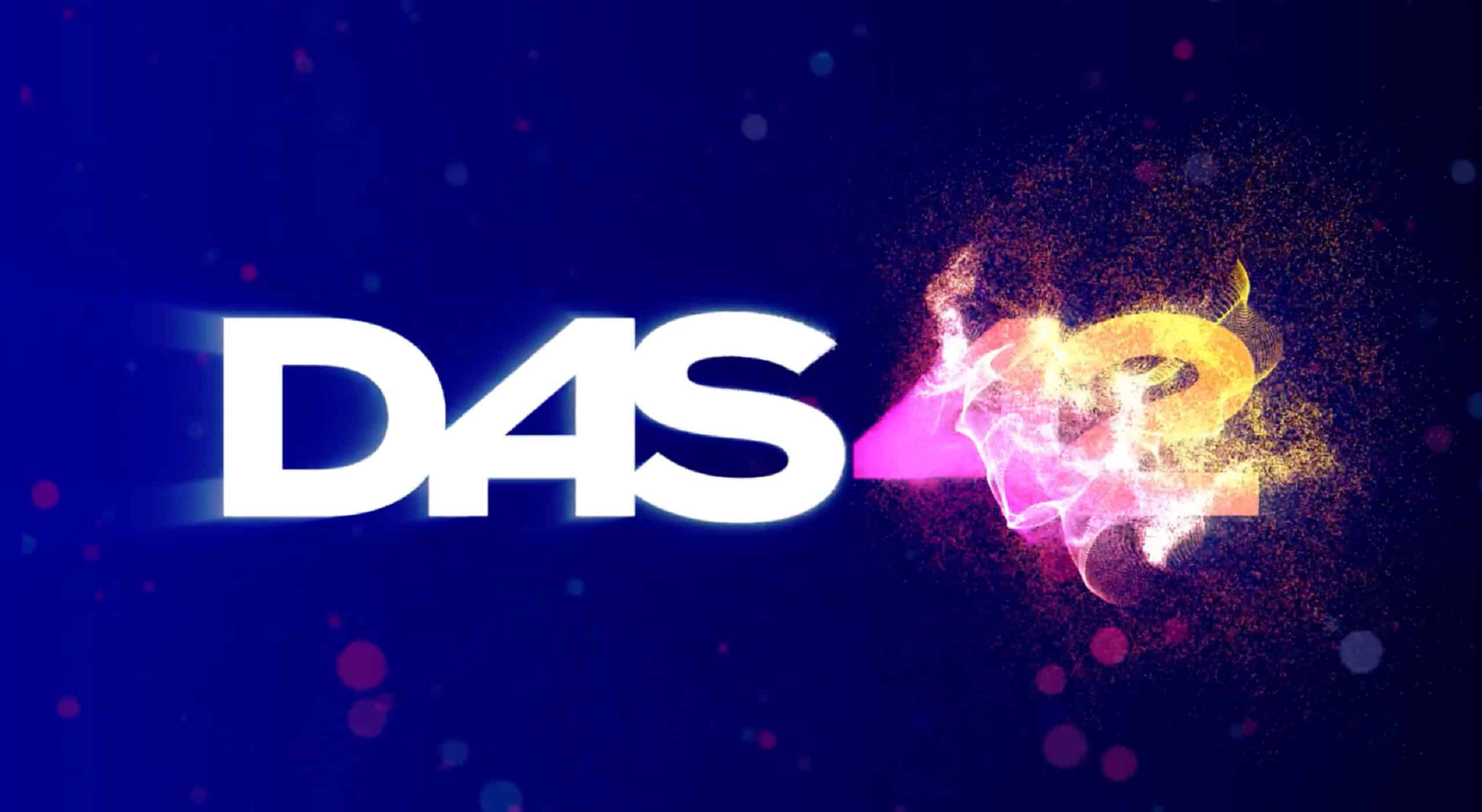Reorg, rebrand or just realign? A midyear messaging health check

Messaging is where strategy meets communication. It’s the connective tissue between your vision and your audience’s perception. When it’s even slightly misaligned, it can cause friction—internally and externally. The upside? Messaging is one of the most flexible tools in your brand toolkit. Small adjustments can create meaningful clarity and momentum quickly.
Midyear is a natural time for teams to pause and reassess. You’ve launched campaigns, updated collateral, supported sales—and now you’re looking ahead to what’s next. Is your story still clear? Still relevant? Still resonating across audiences and channels?
Raising these questions isn’t a sign that something’s going wrong. In fact, it’s a sign of a healthy, evolving brand. As businesses grow and markets shift, even strong messaging can start to feel slightly out of step.
CLARITY
Tell-tale symptoms: Internal teams describe the brand differently—Prospects ask "so what exactly do you do?" Positioning is cluttered with features, not outcomes.
Why it matters: Clarity builds trust and speeds decision-making. Without it, people hesitate—even if they're interested.
Lydon POV: We help teams zoom out, refocus, and articulate what matters most—so your audience doesn't have to work to understand you.
CONSISTENCY
Tell-tale symptoms: Your materials all tell a different story. Tone shifts drastically by platforms or team and core messages aren't reinforced consistently.
Why it matters: Inconsistent messaging dilutes impact, confuses audiences and weakens internal alignment.
Lydon POV: We help brands find the through line that connects their story, wherever it shows up.
CATALYTIC
Tell-tale symptoms: Campaigns aren't converting. Sales teams spend time re-explaining the value and your message feels flat.
Why it matters: Great messaging doesn't just describe—it drives. It moves people to choose, align, advocate.
Lydon POV: We help you shape language that inspires action—from boardroom to the inbox.
Start with a clear diagnosis
You don’t need a full brand overhaul just because your messaging feels a little out of sync. But you do need to identify where the disconnect lies. Has your offering evolved without a corresponding shift in how you describe it? Are teams interpreting the message differently? Are new audiences hearing something you didn’t intend?
Even small gaps in clarity can have an outsized impact: slowing down sales cycles, creating inconsistency across campaigns, or requiring teams to spend extra time explaining or re-explaining. In that sense, messaging changes aren’t just about improving communications with customers. They’re about enabling faster, more confident action across the board.
Messaging misalignment rarely shows up all at once. It’s like a current that starts upstream—as teams shift, offerings evolve, and new channels emerge. Left unchecked, those small drifts turn into downstream drag.
Realignment: often the smartest first step
For many organizations, a full rebrand isn’t in the cards—or even necessary. What’s needed is a realignment: a focused effort to tighten messaging, clarify themes and ensure everyone is speaking from the same playbook.
This kind of work can deliver value quickly. When internal teams feel confident in the language they’re using—when it reflects both who you are now and where you’re headed—they move faster and with greater consistency. It becomes easier to create campaigns, engage audiences and make decisions that support the broader strategy.
Realignment is especially useful when your foundational brand is still accurate, but your messaging hasn’t kept pace with recent growth, shifts in tone or emerging market dynamics. A few strategic updates can go a long way toward reinforcing relevance and alignment.
When the foundation no longer fits
In some cases, messaging challenges reveal a deeper issue: the current brand no longer reflects who you are or how you operate. Maybe the business has changed significantly—through a new model, a merger or entry into a new market. Or maybe the brand was never built with today’s scale or audience in mind.
That’s when a rebrand becomes worth considering. This isn’t just about new visuals or updated copy; it’s a strategic repositioning of how you present your organization to the world. It’s complex and it takes time, but it can unlock new clarity and growth when done with purpose.
Still, full rebrands are the exception—not the rule. Many moments that feel uncertain can be addressed through more targeted messaging work.

Real-world refresh
Campaign-level refresh: quick wins with strategic value
Sometimes the core story is sound—but how you’re bringing it to life needs a refresh. That might mean revisiting how a product is positioned, adjusting the tone of a campaign, or introducing new themes that speak to emerging priorities.
These campaign-level changes can be implemented quickly and tested in-market. And because they ladder up to the broader strategy, they often provide an immediate lift in clarity, energy and relevance without the need for broader brand shifts.
This is where messaging can be most nimble: it allows you to respond to changing conditions, experiment with language and sharpen impact in ways that are practical and strategic.
Not sure what you need? Start with a health check
If you’re unsure whether it’s time for a refresh or a rebrand, consider a messaging audit. Review how your story is showing up across core materials—sales decks, campaign copy, internal docs, and more. Look for consistency, clarity and tone. Does the message reflect who you are today? Does it support where you're going next?
It's also helpful to gather informal input from teams. Ask them how they describe the brand in their own words. If there’s wide variation—or if the message is hard to articulate—that’s usually a sign that an adjustment could be valuable.

